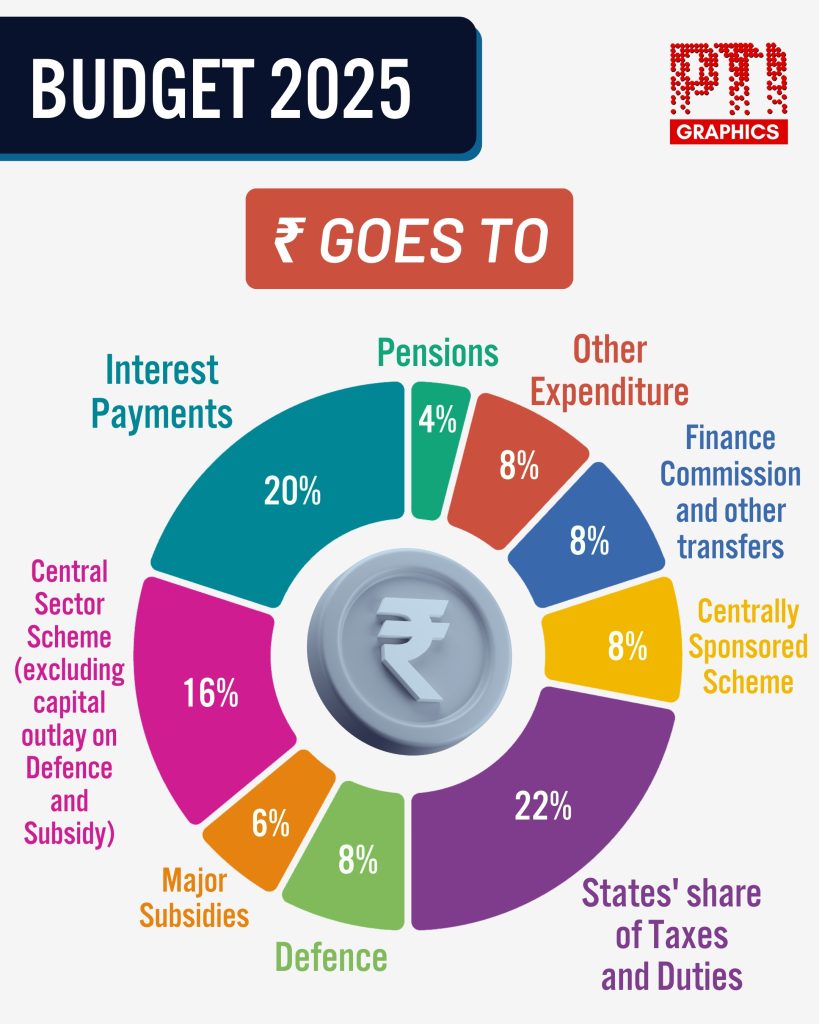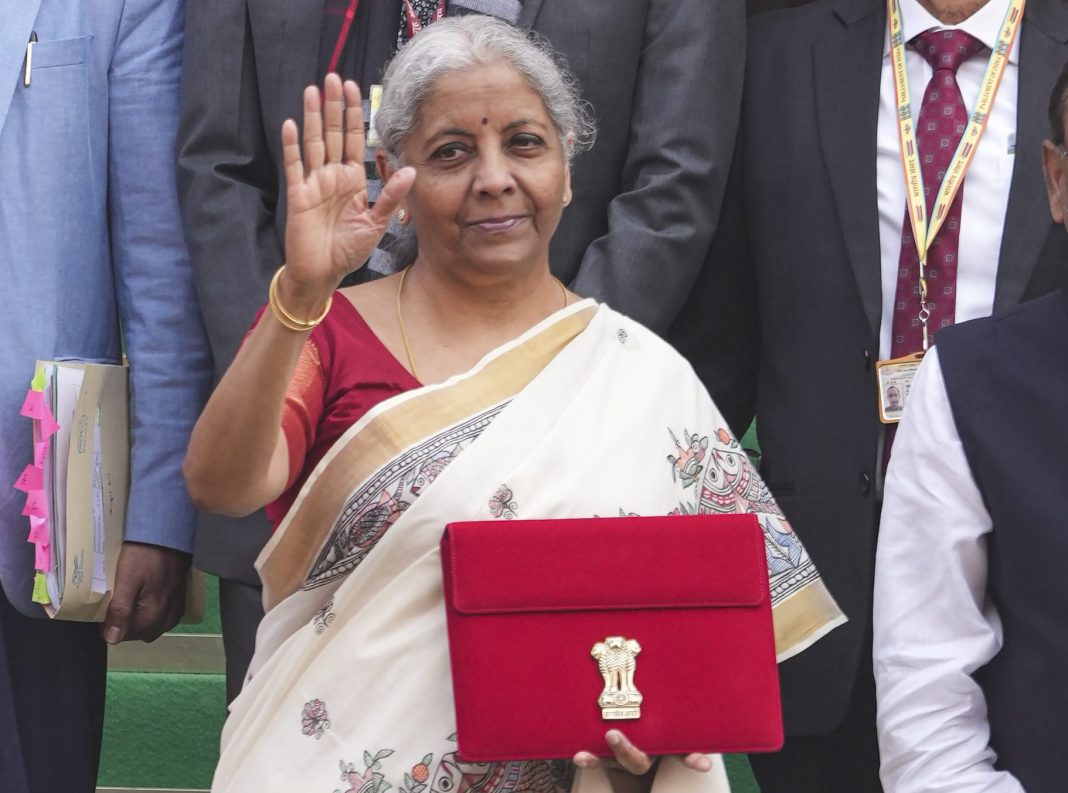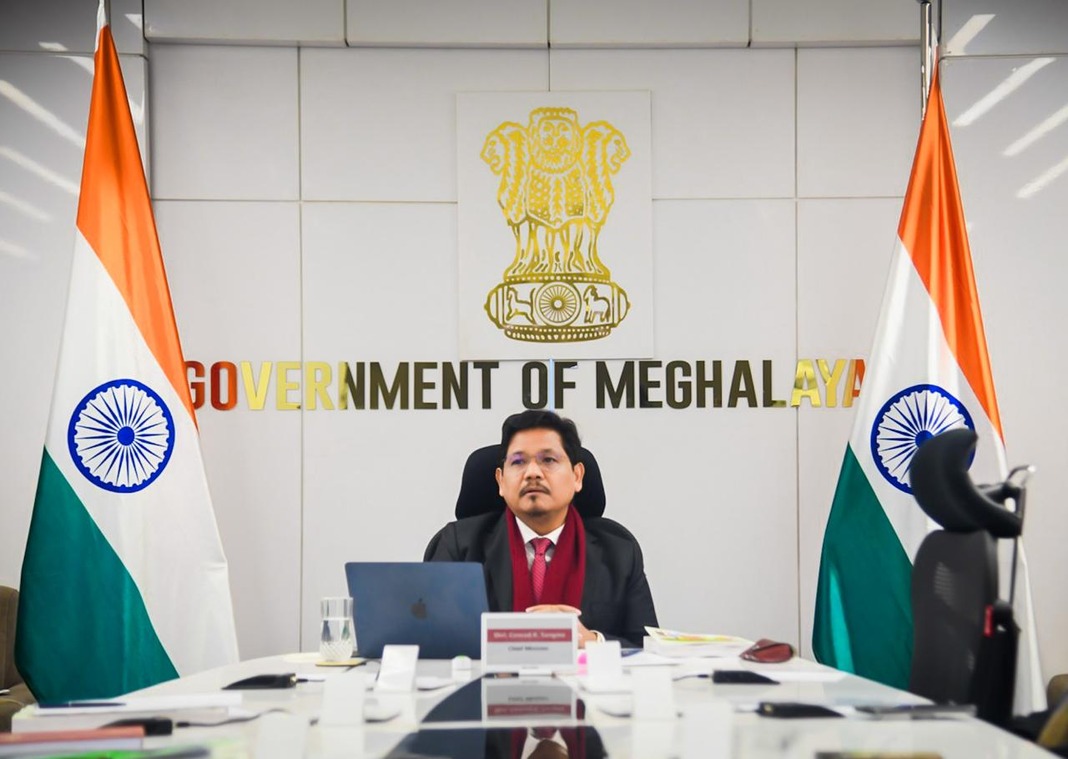“The removal of customs duties on 36 critical life-saving drugs, including treatments for cancer and rare diseases, will substantially reduce treatment costs and benefit millions of patients”
Guwahati, Feb 2: Industrialists from Northeast say the initiatives proposed in Union Budget 2025-26, presented by Finance Minister Nirmala Sitharaman are expected to have a transformative impact on various sectors in the Northeastern region, accelerating its development into a more connected and investment-friendly destination.
They say the Budget has a visionary roadmap aimed at fostering India’s economic growth with a strong focus on regional development, infrastructure, tourism, MSMEs, and ease of doing business.
With a 47.6% increase in MDoNER’s allocation to ₹5915 crore, Sarat Kumar Jain of ICC Assam and Meghalaya Committee emphasized the transformative potential of these measures. “From the Namrup plant to expanded connectivity, this budget is vital for socio-economic growth,” he said.
Bajrang Lohia, President of The Federation of Industry and Commerce of North Eastern Region (FINER) said the Budget prioritizes agricultural reforms, which are expected to greatly benefit the agrarian economy of the North East, with specific programs aimed at bolstering growth in rural areas. Additionally, the budget introduces initiatives like the UDAAN and N Scheme, which will expand regional connectivity and tourism opportunities in the North East. These measures reflect the government’s vision of long-term, sustainable growth for the region.
Vikas Agarwal, Managing Director of SM Developers, a prominent player in infrastructure development and real estate in the region, hailed the budget as a “game-changer.” He emphasized that the allocation of a ₹1.5 lakh crore interest-free capital expenditure loan for states, along with the extended Jal Jeevan Mission and urban redevelopment initiatives, will drive large-scale development across the country.
Agarwal also highlighted the significance of the SWAMIH Fund-2, aimed at completing one lakh stalled housing units, as a much-needed relief for homebuyers and developers. “The push for public-private partnerships in infrastructure, asset monetization, and logistics development will ensure rapid evolution of India’s urban and rural landscapes,” he noted.

On the hospitality and tourism front, Agarwal remarked, “The focus on expanding the UDAN scheme, developing 50 top tourist destinations, and providing performance-linked incentives for states will significantly boost tourism in Meghalaya and the entire Northeast. Additionally, streamlining e-visas and offering MUDRA loans for homestays will empower local entrepreneurs and attract more tourists.”
Ankit Poddar of Poddar Group described the budget as a balanced approach to economic growth and social welfare. He highlighted the progressive tax reforms, including the introduction of zero tax for individuals earning up to ₹12 lakh, as a significant relief for the middle class. “This move will enhance consumer spending and confidence,” he said.
Poddar also emphasized the budget’s focus on clean technology and the automobile sector. “Incentives for electric vehicle (EV) battery production and enhanced infrastructure development are pivotal steps toward fostering sustainable mobility. However, the persistent challenges surrounding electricity availability remain a hurdle that needs to be addressed,” he added.
The education sector has also received a significant boost in the budget. Pankaj Das, Principal and Director of Modern English School, Kahilipara, expressed optimism about the government’s initiatives. “The expansion of IITs, the addition of 10,000 new medical seats, and the establishment of five National Centres of Excellence for Skilling will equip students with industry-relevant knowledge,” he said. Das highlighted the importance of providing broadband connectivity to all government secondary schools as a critical step toward bridging the digital divide, particularly in rural and remote areas of the Northeast.
Healthcare was another sector that saw major advancements. Anup Poddar, Managing Director of Health City Hospital, described the budget as a significant step forward for healthcare and the pharmaceutical sector. “The removal of customs duties on 36 critical life-saving drugs, including treatments for cancer and rare diseases, will substantially reduce treatment costs and benefit millions of patients,” he said.
The allocation of ₹20,000 crore for research and development in healthcare is expected to drive innovation in drug development and medical technology. Poddar lauded the proposal to establish Day Care Cancer Centres in every district hospital as a “visionary step” that will make essential healthcare services more accessible. “This initiative will empower local healthcare providers and bring critical cancer care closer to rural and underserved populations,” he said. Enhanced fiscal incentives for telemedicine and digital health solutions were also welcomed as measures to improve healthcare accessibility in remote regions.
With effective implementation across sectors, the budget promises to catalyze socio-economic development and improve the quality of life for millions in Assam and the broader Northeast.




